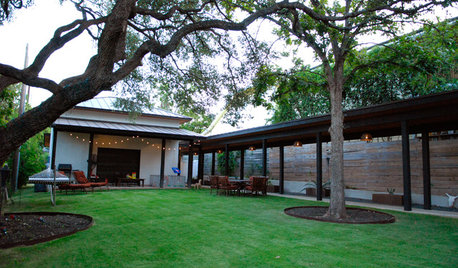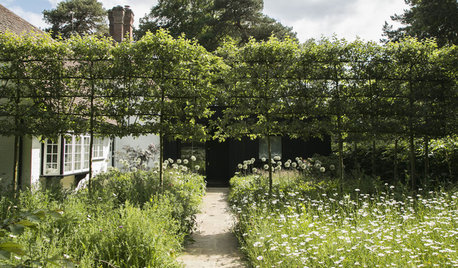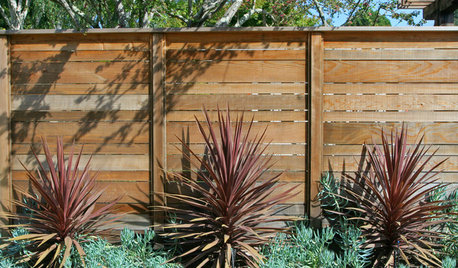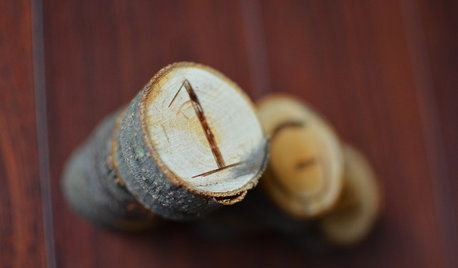rotted tree
jackman1944
17 years ago
Related Stories

GARDENING AND LANDSCAPING8 Rot-Resistant Woods for Your Outdoor Projects
No need for chemical treatments on your deck or pergola. These woods stand up to weather, insects and time beautifully on their own
Full Story
GARDENING GUIDESTree Care: Common Tree Diseases and What to Do About Them
Learn to recognize trees that may be affected by diseases or pests so you can quickly take action
Full Story
GARDENING GUIDESGreat Design Tree: Australian Tea Tree
A living sculpture with an unmistakable appearance, this coastal native creates an intriguing landscape scene
Full Story
GARDENING GUIDESHow to Keep Your Trees Healthy
Ensure your trees’ vigor for years to come with these tips for protecting roots, watering effectively and more
Full Story
FARM YOUR YARDIf You Have Room for Only One Fruit Tree ...
Juice up a small garden with one of these easier-care or worth-the-effort fruit trees for a mild climate
Full Story
GARDENING GUIDESHow to Keep Your Citrus Trees Well Fed and Healthy
Ripe for some citrus fertilizer know-how? This mini guide will help your lemon, orange and grapefruit trees flourish
Full Story
TREESHow to Protect Your Trees When You’re Remodeling or Building
Will your home be undergoing construction this year? Be sure to safeguard your landscape’s valuable trees
Full Story
GARDENING AND LANDSCAPINGCrab Apple Trees Set Off a Stylish English Courtyard
A structure of pleached crab apple trees, bordered by a wildflower meadow, links a minimalist addition to an old house in Buckinghamshire
Full Story
GARDENING GUIDESGreat Design Plant: Cabbage Tree
Happiest in plentiful sun, this tropical-looking tree gives a pool area or backyard landscape an exotic view all summer long
Full Story
CRAFTS7 Ways to Upcycle a Fallen Tree
When a tree falls, turn its branches into rustic toys, accessories and holiday décor
Full StorySponsored
Franklin County's Preferred Architectural Firm | Best of Houzz Winner
More Discussions








gonefishin
jackman1944Original Author
Related Professionals
Signal Hill Landscape Architects & Landscape Designers · Aloha Landscape Contractors · Americus Landscape Contractors · Ashburn Landscape Contractors · Bethel Park Landscape Contractors · Dallas Landscape Contractors · Framingham Landscape Contractors · Lemoore Landscape Contractors · Mission Bend Landscape Contractors · Norristown Landscape Contractors · Nutley Landscape Contractors · Soddy Daisy Landscape Contractors · Lafayette Decks, Patios & Outdoor Enclosures · Prichard Decks, Patios & Outdoor Enclosures · Saint Louis Park Decks, Patios & Outdoor Enclosuresreginacw
maggiemae_2006
blutranes
maggiemae_2006
bpgreen
blutranes
maggiemae_2006
jackman1944Original Author
blutranes
maggiemae_2006
blutranes